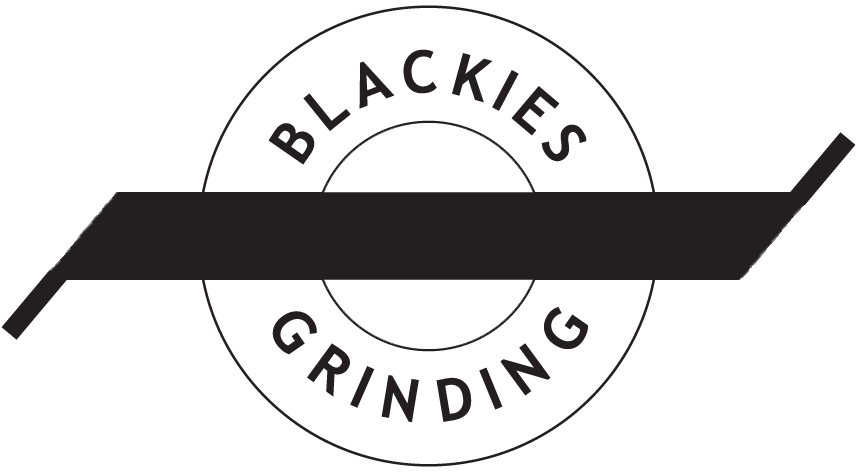




Process
A cylindrical grinder has a grinding (abrasive) wheel, two centers that hold the workpiece, and a chuck, grinding dog, or other mechanism to drive the work. Most cylindrical grinding machines include a swivel to allow for the forming of tapered pieces. The wheel and workpiece move parallel to one another in both the radial and longitudinal directions. The abrasive wheel can have many shapes. Standard disk-shaped wheels can be used to create a tapered or straight workpiece geometry while formed wheels are used to create a shaped workpiece. The process using a formed wheel creates less vibration than using a regular disk-shaped wheel.
Tolerances for cylindrical grinding are held within five ten-thousandths of an inch (± 0.0005) (metric: ± 13 um) for diameter and one ten-thousandth of an inch(± 0.0001) (metric: 2.5 um) for roundness. Precision work can reach tolerances as high as fifty millionths of an inch (± 0.00005) (metric: 1.3 um) for diameter and ten millionths (± 0.00001) (metric: 0.25 um) for roundness. Surface finishes can range from 2 to 125 microinches (metric: 50 nm to 3 um), with typical finishes ranging from 8 to 32 microinches. (metric: 0.2 um to 0.8 um)
Cylindrical grinding (also called center-type grinding) is used to grind the cylindrical surfaces and shoulders of the workpiece. The workpiece is mounted on centers and rotated by a device known as a drive dog or center driver. The abrasive wheel and the workpiece are rotated by separate motors and at different speeds. The table can be adjusted to produce tapers. The wheel head can be swiveled. The cylindrical grinder is a type of grinding machine used to shape the outside of an object. The cylindrical grinder can work on a variety of shapes, however the object must have a central axis of rotation. This includes but is not limited to such shapes as a cylinder, an ellipse, a cam, or a crankshaft.